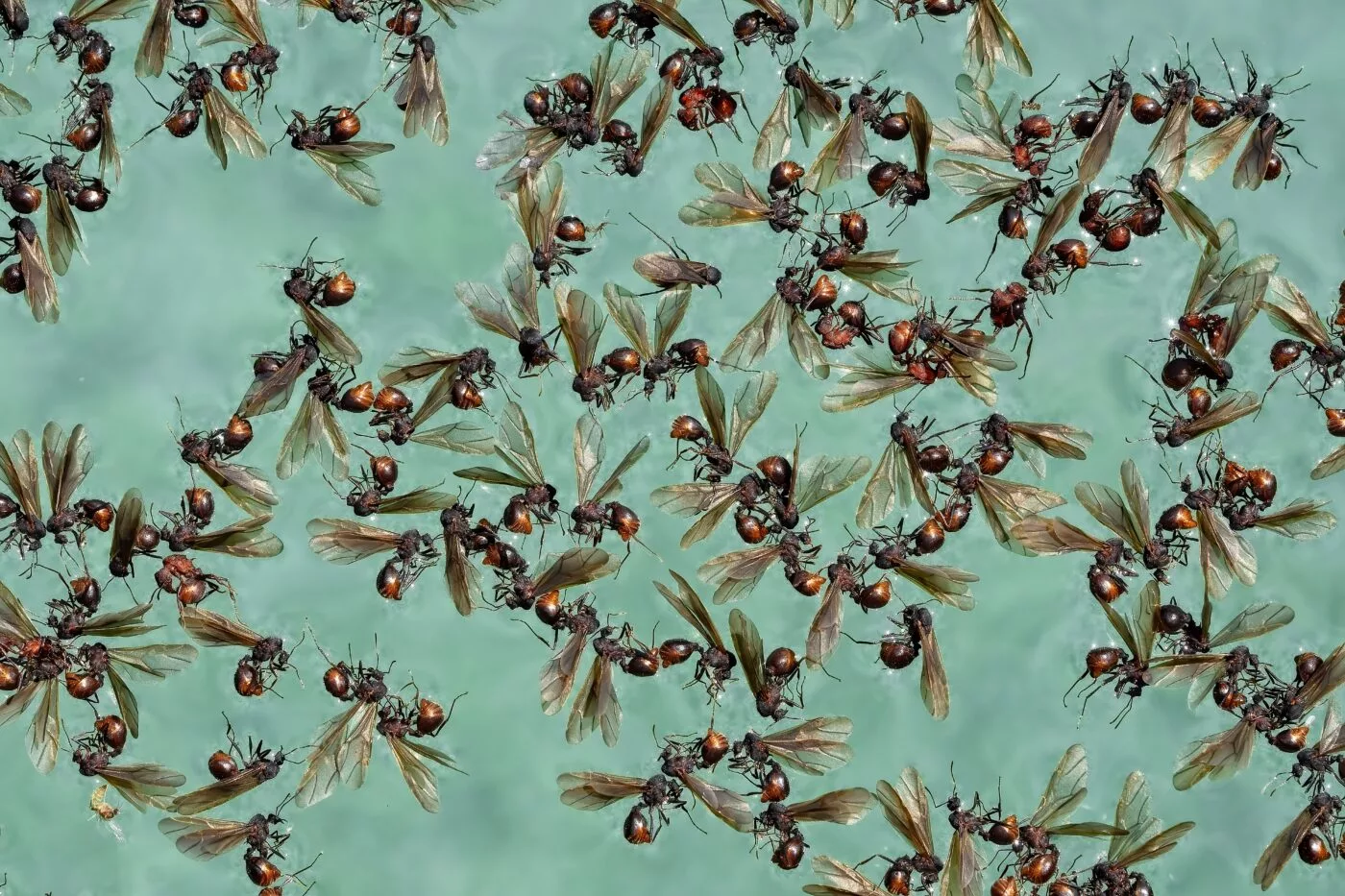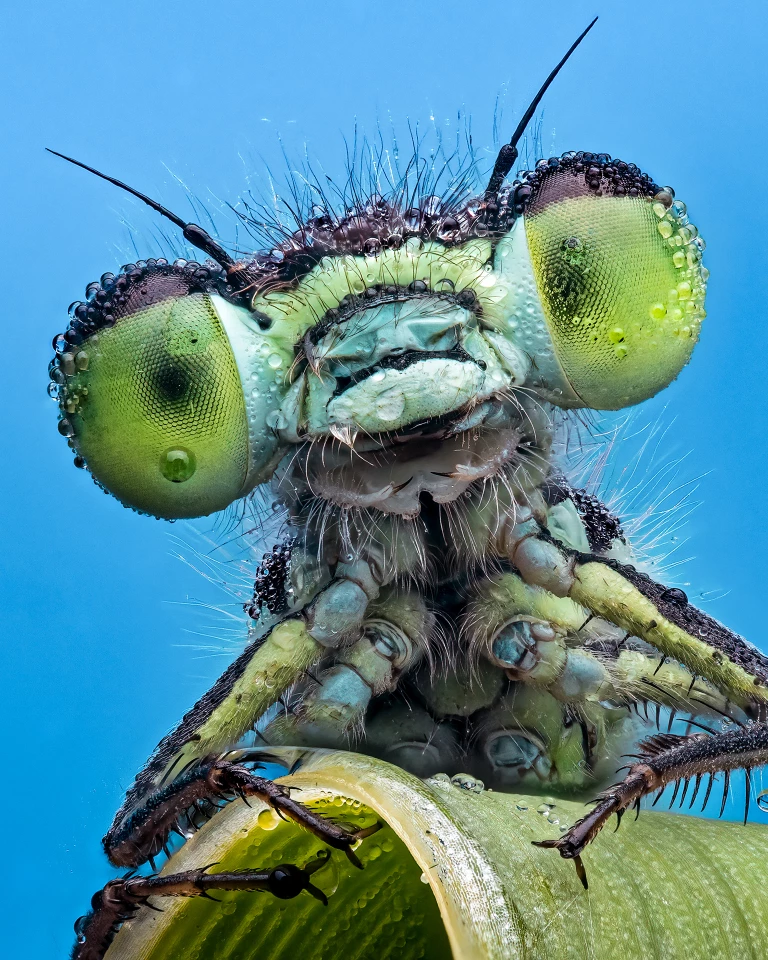This enormous and important part of the animal kingdom may not be most people's favorite, but insects are a diverse, resilient and ancient bunch that date back almost 400 million years. But because of their size, many of us don't really get a chance to admire their beauty (yes, we said it) up close.
So, during Insect Week 2024, the Royal Entomological Society has made it easier, presenting the winners and finalists of its annual photography competition. Drawing entrants from across the globe, the competition celebrates the fascinating world of these miniature invertebrates and also showcases young budding bug photographers – with this year's under-18s winner, Jamie Smart, aged just eight. She's already been recognized for her work by the World Wildlife Trust and at the British Wildlife Photography Awards.
“Insects may be small, but they have a huge impact on people and nature," said former Royal Entomological Society President Helen Roy. "Insect science enriches our understanding and is fundamental to modern science."
You can see this year's collection of outstanding images in our gallery, but here are some highlights.

Luke Chambers from the UK took out top prize for his image of two black-thighed Cellophane-cuckoo bees (Epeolus variegatus) having a snooze in the early morning sun, holding onto a piece of grass with their mandibles.
“Something I didn’t expect to see when I visited a fairly new location to me, but one of my best encounters to date," Chambers said. "Finding any sleeping invertebrate is always brilliant, but two so close together, well that’s like winning the photography lottery."

This stunning image looks more like a work of art than a photograph, and it earned Rosemary Haleem from the US a Specially Commended – Behaviour award. While it conveys a sense of elegance, the reality was anything but for these alates (winged ants), who were fighting for their lives after becoming stranded in a backyard pool.
“On a very hot, breezy, August day, we awoke to find our pool totally covered with flying ants," Haleem said. "The reflection of the pool and the winds seemed to have drawn them into the water. Most of them were unable to get out alive. I ran and got my camera to record the untimely demise.”
While undoubtedly macabre, it's oddly beautiful, and it also shows a struggle for survival that easily goes unnoticed by us much larger animals.

It's hard to pick a highlight from the Specially Commended – Portraits category, but this highly detailed shot of a digger wasp (Crabonidae sp.) is hard to go past. UK photographer Paul Fraser chanced upon this tiny beauty while doing some gardening work.
“I recently dug a raised flower bed at work using wooding railway sleepers," he said. "A few days after putting them up, I found sawdust on top of the soil. I then noticed a small wasp coming in and out of the wood. I grabbed my camera and got a picture of this small charismatic digger wasp.”

These awards also highlight the diversity of much-maligned wasp species, such as this stunning Chrysis viridula. Better known as a cuckoo wasp, these females lay eggs in the nests of other wasps and bees to outsource parenting duties. While there's not a lot of parental care in the insect world, it does save the animals precious energy and time investment.
“On a sunny summer afternoon I was photographing Spiny-legged Mason Wasps (Odynerus spinipes) constructing elaborate entrances to their nests along steep clay banks," said UK photographer Tim Jonas. "The nests were attracting parasites (C. viridula) which I captured entering host nests to lay their eggs.”

Another standout in the Specially Commended – Portraits category was this snap of a dew-covered damselfly by UK photographer Pete Burford. These insects from the suborder Zygoptera, related to dragonflies, are excellent posers for photos – because nighttime dew ends up covering their bodies and wings, rendering them unable to move until they get some help from the sun.
“I was out searching for Damselflies in the middle of the night around 2 am to find one covered in dew," said Burford. "I lucked out near a fishing pond and found a couple of them still on the reeds covered in dew. I was able to get quite a few interesting poses of them whilst I was there.”
You can check out the rest of these incredible views into the tiny world of insects in our gallery.
Source: Royal Entomological Society





















